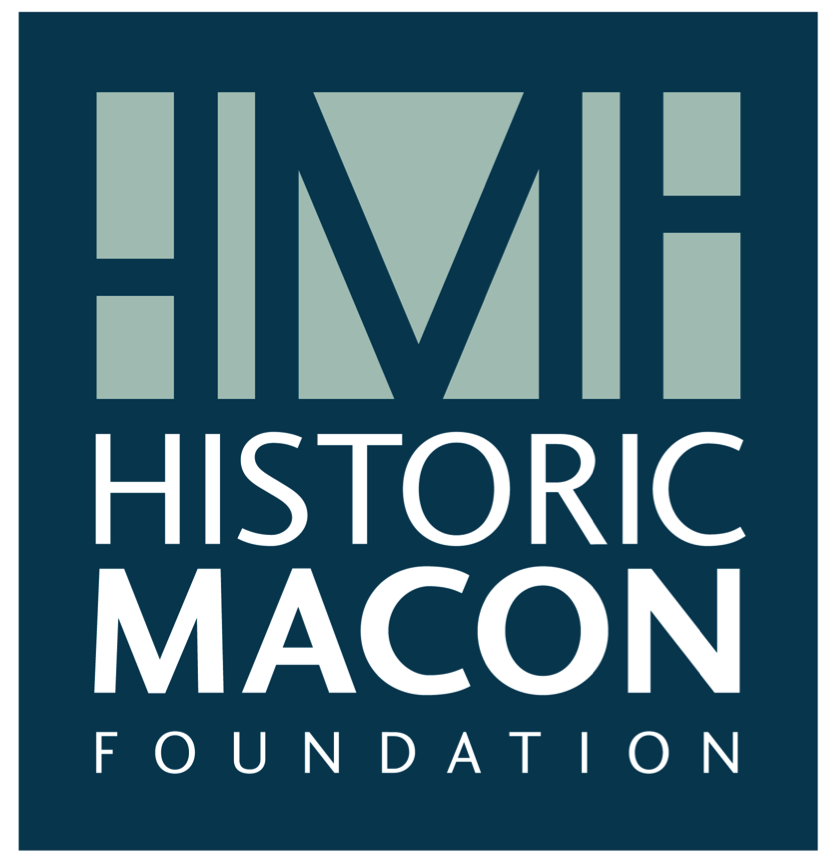To participate in state programs, you must file a Part A application with the Historic Preservation Office of Georgia’s Department of Community Affairs.
This preliminary application allows you to apply to both the State Income Tax Credit Program for Rehabilitated Historic Property and the State Preferential Property Tax Assessment Program for Rehabilitated Historic Property with one form.
The Part A application consists of three main parts: general information about the property, documentation of the current conditions, and proposed plans for the project.
The general information section asks for the property’s address, its name (if any), approximate date of construction, and its eligibility or listing in the National Register. A map needs be included in your application to show the location of the home.
The Part A application asks for several different kinds of documentation of the home’s current conditions. First, there is a written description of the home’s features and spaces before any work is done. To illustrate these descriptions, floor plans showing the current layout of the home are included in the application. Photographs are also taken and marked on a photo key, so the HPD reviewers can take a photographic tour of the house. You must have photographs from before any work is performed to qualify for these programs.
The final major piece of a Part A application is the proposed plan for the project. A written description of the plans for each feature and space is included in a box next to the description of current conditions. The application also requires floor plans of the proposed work.
To apply, all of these materials must be sent to the state Department of Community Affairs’ Historic Preservation Office. Once that office receives the application, representatives will review the current conditions and the proposed work in 45 to 60 days. After review, the office will respond in one of four ways:
The project is approved. If you carry out your plans as written in your Part A application, your home should qualify as a certified substantial rehabilitation after you complete all the proper paperwork.
The project is approved with recommendations. Your project is still approved with this response, but you should follow the written recommendations that the office sent back with your approval to ensure your home will qualify as a certified substantial rehabilitation at the end of the process.
The project is approved with the conditions. Again, your project is approved, but you must follow the written conditions sent back with your approval to have your home qualify as a certified substantial rehabilitation.
The project is not approved. This response is rare, and it is the job of professional preservation consultants to help you with your plans before filing Part A to prevent this response.
After your approval, you have 24 months to complete your project. While working, you should keep up with your expenses, paying particular attention to your qualified rehabilitation expenses (QREs). You should also track how much of your QREs are spent on the exterior. Remember, any expense that improves the permanent structure of a historic property is considered a qualified expense. Examples of QREs include: electrical and plumbing work inside the historic home, bathroom and kitchen updates in the original structure, and painting the exterior. Expenses that do not qualify include landscaping, window treatments, and any work performed on new additions.
When you finish your project or your 24 months is up, it is time to file your Part B applications. There are two forms for Part B, and they verify that you spent enough to qualify for each program. Your Part B forms will require the following information: the total project cost, the total QRE’s, the QRE’s spent on the exterior, and the fair market value of the home after rehabilitation. Along with this information, your Part B application will include photographs and a photo key of the completed project, so the HPD reviewers can take a second photographic tour of the house.
If you followed the conditions and recommendations HPD sent with your Part A approval and spent enough on the project, you should receive notice that your Part B application was approved, and your house is now considered a certified substantial rehabilitation. This letter will ensure your tax freeze remains in place for the remainder of the eight and a half year period and will allow you to claim your tax credits against your state income tax.
Applying for federal tax credits is very similar to applying for state tax credits. Most developers in Georgia using the federal RTC program apply for state credits as well. All materials are still send to HPD, and once they review your Part A application, then send your federal applications on the NPS.
The federal application process calls for a history and architectural description of the building, called a Part 1 application. This form verifies that the building in question is a certified historic structure. The state's Part A application also includes this information. The federal Part 2 application is the equivalent of the rest of state’s Part A, and the federal Part 3 application is the equivalent of the state’s Part B application.
The state and federal programs both have fee structures based on your projected and final qualified rehabilitation expenses. For more information about what kind of application fees your project falls under, email info@historicmacon.org.
More Information
Federal Rehabilitation Tax Credits
The National Park Service operates a comprehensive website with illustrated guides, frequently asked questions and case studies from around the country.
State of Georgia Income Tax Credit Program for Rehabilitated Historic Property and Preferential Property Tax Assessment Program for Rehabilitated Historic Property
The Georgia State Historic Preservation Office provides technical assistance and details about state tax credits and the state property tax freeze.
